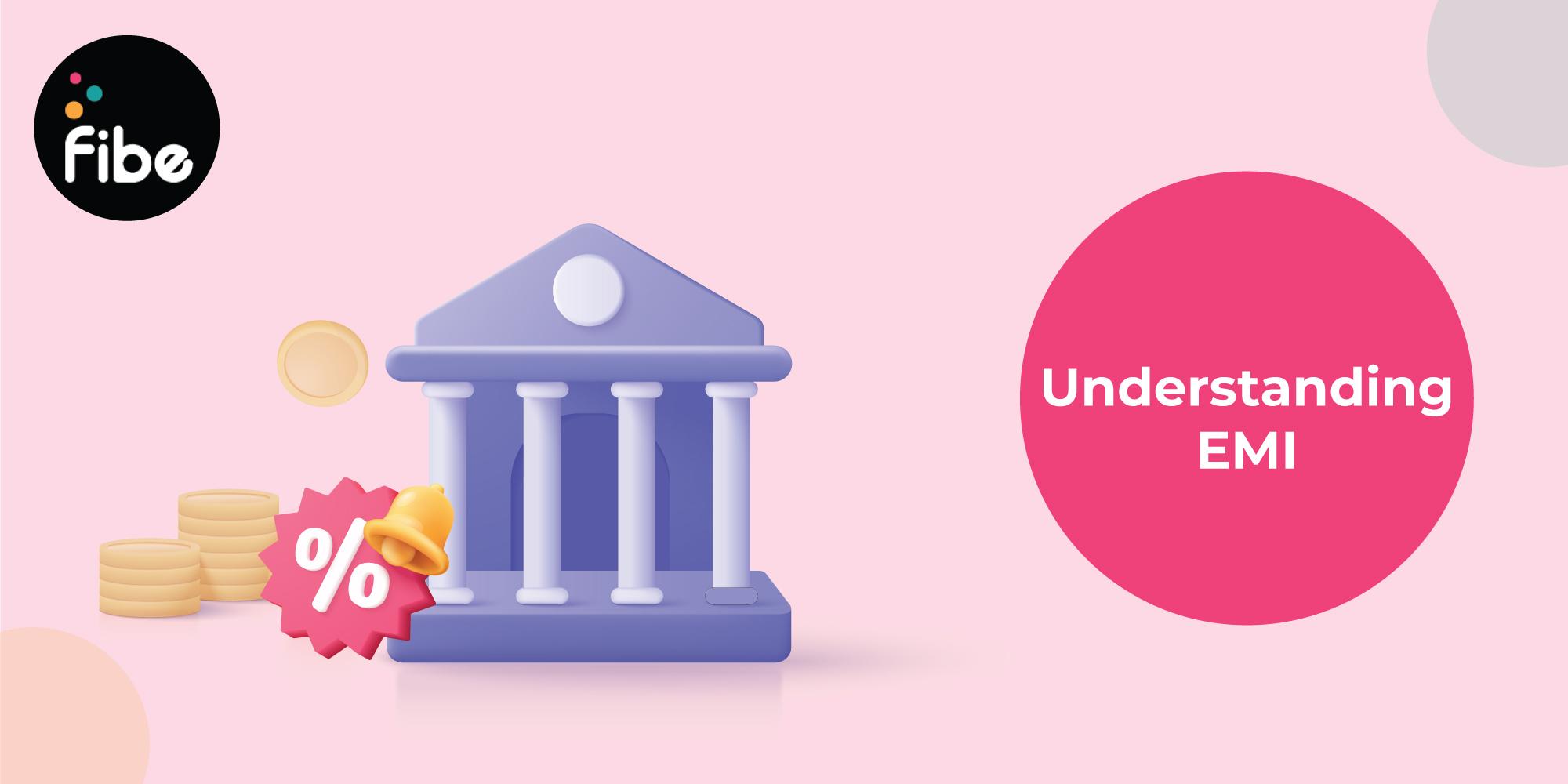
Thinking of taking a loan but confused about how you’ll repay it every month? Wondering what EMI really means or how it’s calculated? You’re not alone. Many first-time borrowers often ask questions like: What is the full form of EMI? How is EMI calculated? Are there different types of EMIs?
Here, we’ll break down everything you need to know about EMIs in the simplest way possible. From understanding the meaning of EMI to exploring the types and learning how to calculate it—you’ll find answers to all your questions right here.
Read on to learn the meaning of EMI, how it works and more.
EMI stands for Equated Monthly Instalment. It’s one of the easiest and most popular ways to repay a loan. There are different ways to pay back loans — like balloon payments or interest-only options — but EMIs are the most common.
Here’s why:
Taking into account the loan amount, the financial company adds interest to it based on your repayment duration. This amount is spread across the tenure, which results in your EMIs. Thus, all these three terms influence your EMIs.
Here’s what your repayment will look like if you take a loan of ₹1,00,000:
| Particulars | Details |
|---|---|
| Loan Amount | ₹1,00,000 |
| Interest rate | 14% |
| Tenure | 12 months |
| Total interest applied | ₹7,748 |
| Total repayment amount | ₹1,07,748 |
| EMI for 12 months | ₹8979 |
Keep the following in mind:
Also Read: Tips to Lower EMI For a Personal Loan
Here are the 2 methods that lenders use to calculate EMIs:
Under this method, the calculated interest amount depends on the principal amount. To calculate the instant cash loan EMI, lenders calculate the total sum of principal and interest. This amount is then divided into equal instalments. Since the interest rate remains fixed, the principal and interest component of the EMI stay the same throughout the tenure.
Here is the formula for the fixed-rate method: ((P x R x N) + P)) / (N x 12)
Where, P is the principal amount, R is the rate of interest and N is the tenure of the loan
Under this method, the interest amount varies with the balance after each EMI payment, i.e., the outstanding amount. Because of this, the interest and principal components vary for every instalment.
However, the EMI will remain fixed throughout the tenure. As you continue to make payments, the principal increases and the interest decreases with every EMI.
Here is the formula for this method: P x R x (1+R)^N/[(1+R) ^ (N-1)]
Where, P is the principal amount, R is the per-month rate of interest and N is the loan tenure in months.
You should always consider the following factors that impact your monthly instalment amount:
Armed with this information, you can choose a better repayment plan. Remember, your interest rates have a significant influence on your EMI amount. Thus, it’s important to choose a lender that offers pocket-friendly rates like Fibe. With our Instant Cash Loan, you can get up to ₹5 lakhs at an affordable rate.
You only have to meet a few basic criteria, submit minimal documentation and apply online to get the funds in just a few minutes. Download the Personal Loan App or register on our website to apply.
The EMI calculation formula under fixed rate is ((P x R x N) + P)) / (N x 12). Under reducing balance, the formula is P x R x (1+R) ^N/[(1+R) ^ (N-1)]. In both cases, P is the principal, R is the interest rate and N is the tenure.
Generally, the financial institution automatically deducts the EMI amount from your bank account on the payment date.
EMI is a good credit repayment option since it allows you to reduce your repayment burden by allowing you to pay in budget-friendly instalments instead of a lump sum amount.
A loan is a financial product that allows you to borrow funds. EMI is a repayment method for loans where you pay a fixed amount for a fixed duration.
It is the specific date on which you are required to pay the instalments of your loan every month.